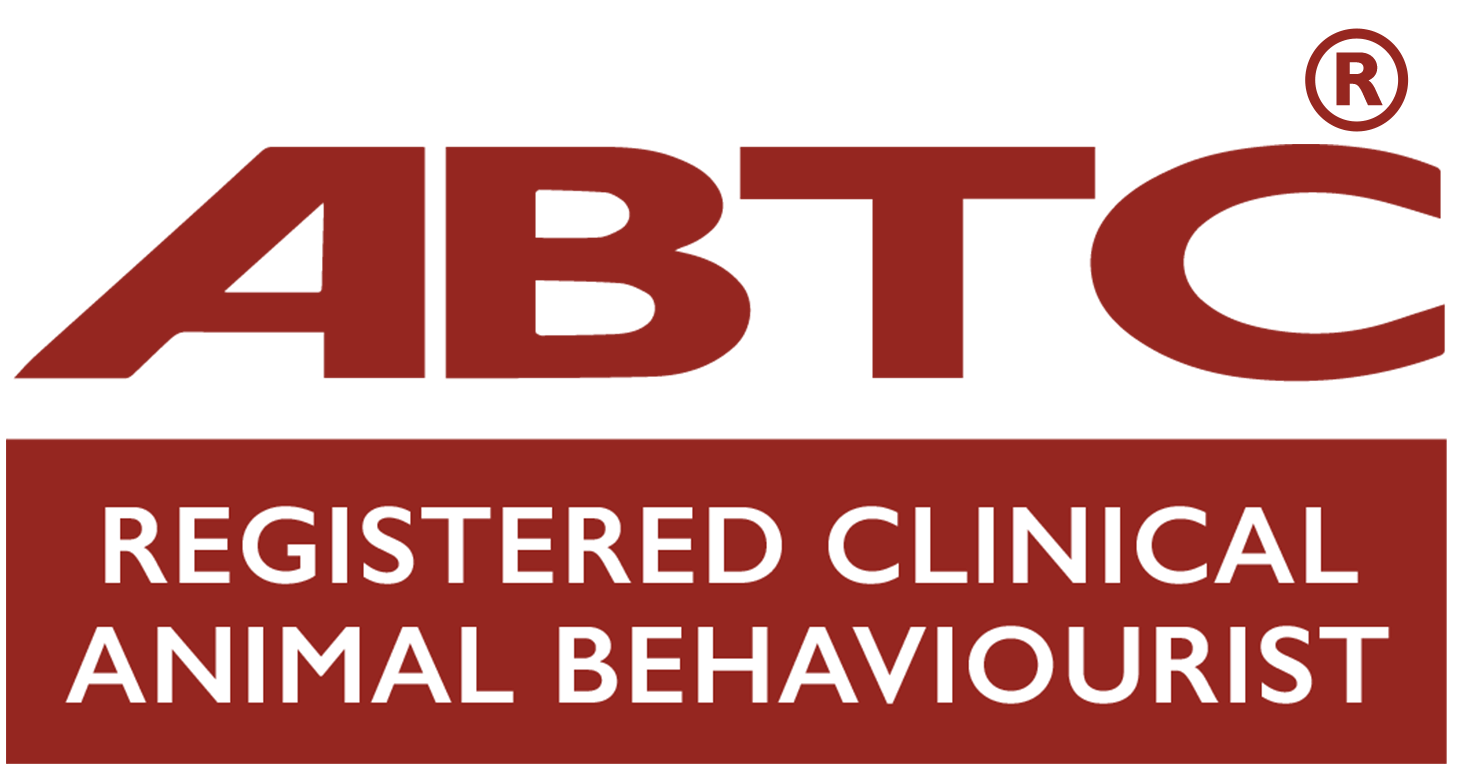In today’s digital age, social media platforms like Instagram, TikTok, and YouTube are abundant with resources for dog owners. However, a closer look reveals an intriguing pattern: professional, ethical dog trainers who advocate for humane-handling methods often have a quieter presence or fewer followers compared to trainers who use more visually dramatic techniques. Why is this the case? The answer may lie in the intricacies of ethical training methodologies, public perception, and the psychological barriers that inhibit these experts from having a more prominent online profile.

Humane-handling versus the flash and dash
Humane-handling methods are rooted in established scientific principles, going beyond the basic tenets of learning theory that encompass positive reinforcement, negative reinforcement, positive punishment, and negative punishment. While punishment-based trainers may cite learning theory and the four quadrants as justification for their methods, ethical trainers prioritise approaches deeply grounded in the latest ethological research, cognitive psychology, and studies focused on animal welfare. Consequently, these approaches often emphasise positive reinforcement, while meticulously avoiding techniques that induce fear or pain in dogs (Ziv, 2017), with the goal extending beyond mere obedience to include the animal’s overall psychological well-being (Blackwell et al., 2008). Ethical trainers set up environments that maximise the likelihood of the animal’s success. They use gradual exposure to new cues, tasks, or environments, which may not offer visually dramatic results but are extremely effective (Reid, 2012).
In contrast, social media frequently features trainers whose methods yield rapid, visually striking transformations. These methods often involve aversive techniques, including punishment or negative reinforcement, (Todd, 2018). And while the results may seem instantaneous and impressive to the lay-person, they frequently lead to longer-term issues such as increased stress, anxiety, and even aggressive behaviours in dogs (Herron et al., 2009). Often these trainers will cite that such punishment-based methods have to be used because otherwise the dog would be euthanised. However, as my friend and peer said recently “If these trainers can provide me with scientific evidence that punishment in practice works and doesn’t have unexpected fallout, and if they can present an ethical case for its use, then I’ll listen.” The reality is these trainers cannot. What they will argue is that positive reinforcement methods may have been attempted previously but didn’t work. In response to this, see the quote from Animal Behaviour (2018) titled ‘Guidelines for the treatment of animals in behavioural research and teaching’:
Practical animal motivation and training is a highly specialized skill. The failure of positive reinforcement methods to motivate an animal may reflect only the strategy or tactic used, the skill of the research staff and level of rapport with the animal. Failure to properly motivate an animal does not necessarily indicate that it would be impossible for a skilled trainer to motivate the animal with positive reinforcement.
Animal Behaviour (2018)
The unspoken fear of online scrutiny
So why then do we see less ethical trainers posting videos of how they work with their animals and clients? It’s not for fear of having their methods plagiarised and it’s certainly not wanting to keep an air of mystery about what they do. Instead, I believe there is a palpable fear among ethical trainers when it comes to online sharing. They are concerned about potential backlash, critique, or even professional ostracisation – and there are several psychological principles at play here.
For example, there is the concept of “social proof” which suggests that individuals are more likely to conform to what they perceive as the majority opinion (Cialdini, 1984). Ethical trainers may avoid social media due to a concern that their less flashy, albeit effective, methods will be overshadowed by more dramatic techniques.
Then there is the “spiral of silence” theory explains that people are less likely to voice unpopular opinions for fear of isolation or ridicule (Noelle-Neumann, 1974). And, we mustn’t miss out imposter syndrome; characterised by self-doubt and fear of being exposed as a “fraud,” which can make ethical trainers hesitant to showcase their work. Despite their expertise, they may feel their methods aren’t as visually spectacular as what’s frequently seen online, causing them to doubt the validity of their own methods (Clance and Imes, 1978).
Another concern is that the complexity of humane-handling techniques may not translate well in short videos, leading to potential misinterpretation and misuse (Reid, 2012). For example, techniques like systematic desensitisation involve gradually exposing a dog to a situation, stimulus, or cue that they find frightening, starting at a low intensity and slowly increasing it as the dog becomes more comfortable. By its very nature, systematic desensitisation is a slow and incremental process. It’s effective but doesn’t make for “clickbait” or dramatic viewing. The absence of immediate, dramatic results could lead audiences to dismiss the effectiveness of the approach, missing the nuance and long-term success that such methods provide.
For discerning dog owners, understanding these dynamics is crucial. A lack of videos or posts from ethical trainers on social media is not an indicator of the efficacy or validity of their methods but reflects the challenges of depicting nuanced techniques in a medium that often prioritises spectacle over substance. While social media can be a valuable resource, it is important to look beyond it for professional, ethical advice on dog training. Just because a method is not ‘Instagrammable’ doesn’t mean it’s ineffective or unethical. And often ethical trainers harbour fears of backlash and criticism, which can inhibit their online presence. However, it’s crucial to recognise that these quiet voices often carry profound wisdom.
A call to action
For any ethical trainers and behaviourists who might be reading this and feeling hesitant to share their expertise, your work is invaluable, and your humane, evidence-based methods can bring about a transformation in the way society understands and interacts with animals. Your voice matters, and it’s important for it to be heard. Take that brave step; your knowledge has the power to elevate the standard of animal welfare.
References
- Guidelines for the treatment of animals in behavioural research and teaching (2018). Animal Behaviour, 135, I-X. https://doi.org/10.1016/j.anbehav.2017.10.001.
- Blackwell, E. J., Twells, C., Seawright, A., & Casey, R. A. (2008). The relationship between training methods and the occurrence of behavior problems in a population of domestic dogs. Journal of Veterinary Behavior, 3(5), 207-217.
- Cialdini, R. B. (1984). Influence: The psychology of persuasion. New York: HarperCollins.
- Clance, P. R., and Imes, S. A. (1978). The imposter phenomenon in high achieving women: Dynamics and therapeutic intervention. Psychotherapy: Theory, Research & Practice, 15(3), 241-247.
- Herron, M. E., Shofer, F. S., & Reisner, I. R. (2009). Survey of the use and outcome of confrontational and non-confrontational training methods in client-owned dogs showing undesired behaviors. Applied Animal Behaviour Science, 117(1-2), 47-54.
- Noelle-Neumann, E. (1974). The Spiral of Silence: A Theory of Public Opinion. Journal of Communication, 24(2), 43-51.
- Reid, P. J. (2012). Adapting to the human world: Dog’s responsiveness to our social cues. Behavioural Processes, 81(3), 405-415.
- Todd, Z. (2018). Barriers to the adoption of humane dog training methods. Journal of Veterinary Behavior, 25, 28-34.
- Ziv, G. (2017). The effects of using aversive training methods in dogs—A review. Journal of Veterinary Behavior, 19, 50-60.
Learn more about our classes

Get Hanne's Book
Playing With Your Dog will help any dog owner work out the games that are best suited for their pet to play throughout his life, from puppyhood to old age. The book also shares some tricks for all ages, group activities, and recommended toys that dogs will enjoy.

























